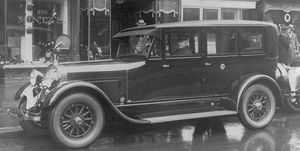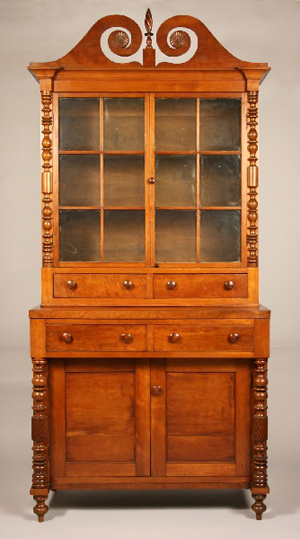
KNOXVILLE, Tenn. – A vivid painting by 20th-century artist Friedel Dzubas upstaged a strong lineup of early Southern antiques to become the top-selling lot at the Fall Case Antiques Auction, conducted Sept. 26.
The 40- by 40-inch acrylic on canvas, titled Malmoe, dated from 1974 and bore the signature of Friedel Dzubas, a German-born painter who settled in New York in the 1940s and became associated with Color Field art in the 1960s. He died in 1994. An East Coast dealer won the painting at $24,175. Prices in this report include the 13.5 percent buyer’s premium.
Other fine art in the sale included a portrait of a Southern belle attributed to 19th-century Nashville painter Washington Cooper, which despite some condition problems sold for $2,837, and a small watercolor of a locomotive by noted train artist Howard Fogg, which brought $1,475. A landscape by one of Tennessee’s premier female painters, Willie Betty Newman (1863-1935), sold for $2156. An early 19th-century portrait miniature of Dr. Hugh McGavock Kent of Virginia brought $1,702, and a portrait miniature of the same period depicting a child in red dress made $1,249.
Early Southern material, a mainstay at Case auctions, was in good supply, with scarce pieces in excellent condition commanding the best prices.
A large North Carolina jug with distinctive glass rutile drip by Daniel Hartsoe (Lincoln County, N.C., 1836-1916) saw spirited bidding before hammering down at $8,172 (est. $2,000-$3,000).
“Of the relatively few marked pieces by Hartsoe which have come on the market, this was one of the best in terms of condition – almost pristine – and the price reflected that,” said company president John Case.
Other Southern pottery highlights included a Sand Mountain, Ala., double-dipped alkaline glazed jug, $3,632 (est. $2,000-$2,200), and a 6-gallon cobalt decorated churn with retailer’s mark for W.R. Elam of Columbia, Tenn., $1,475. A whiskey jug bearing the mark of a Knoxville saloon earned $1,248 (est. $400-$450), and a lot of two mid-20th century Tennessee Iron Mountain stoneware sculptures, one a Japanese-style racing vehicle, hit $1,135 (est. $400-$500).
Leading the furniture was an East Tennessee press in figured cherry with arched pediment and carved pilasters at $9,080. A Federal inlaid slant-front desk, attributed to Kentucky, tallied $7,264. A three-drawer walnut chest with turned feet and inlaid half-crescent and circles on the skirt, signed Knoxville, brought $3,859. A Tennessee two-drawer cherry stand with well-turned legs tripled its high estimate to make $1,816, and a small half-round table in old surface with square tapered legs and hidden drawer drew surprisingly heavy bidding at $1,078 (est. $100-$200). A painted Mid-Atlantic Windsor settee sold for $1,135, and a period Sheraton globe stand with 1960s globe competed to $1,475.
Other strong regional material included a small Kentucky alphabet sampler signed and dated 1811, $908, and a Tennessee long rifle stamped William Beals (working 1850-1870), $3,632. A scarce 1844 Mitchell’s map of Missouri and Arkansas reached $1,248 (est. $700-$900).
An Edward S. Curtis orotone entitled The Maid of Dreams, in original frame with label remnants, made $7,377. An Alaskan baleen basket, made and signed by Marvin Sabvan Peter (1911-1962), brought $1,078, and a carte-de-visite of the 10th U.S. Calvary encampment, Grierson’s Springs, Texas, along with a CDV of three Native Americans soared to $1,362 (est. $200-$300).
A Hawaii Calabash poi bowl, 15 1/4 inches in diameter and with numerous repairs, brought $3,859, while four smaller poi bowls, signed “Kamani,” brought $737 and $794 per pair. Case noted the consignor’s grandmother purchased the bowls from the Iolani Palace in the early 1940s. The winning bidder was acting on behalf of the Iolani Palace, which became a museum in 1978.
Other notable lots included a 1925 Steinway Model M baby grand piano, $10,442; an elaborate late-19th century carved ivory bust of Mary Queen of Scots, which opened to reveal a triptych with a scene from the assassination of Joseph Riccio, $2,610; and an elaborate Rococo-style chased coin silver water pitcher with retailer’s mark for J.E. Caldwell, which descended in a Virginia family, $2,497.
For more information, contact the main gallery in Knoxville at (865) 558-3033 or the Nashville branch office at (615) 812-6096, or visit the company’s website, www.caseantiques.com.
ADDITIONAL LOTS OF NOTE
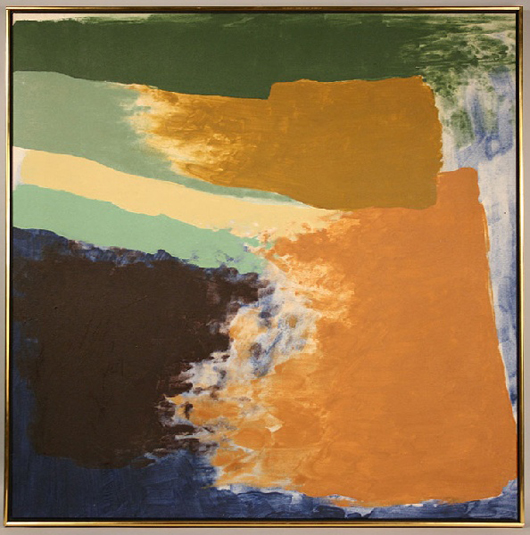
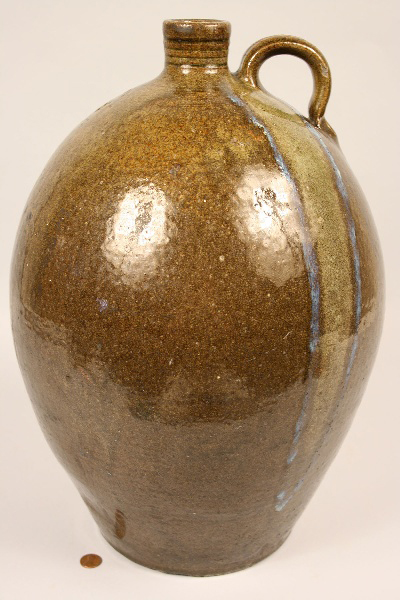
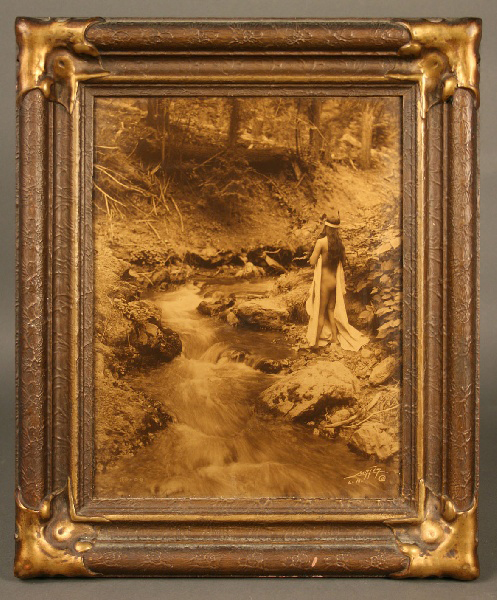
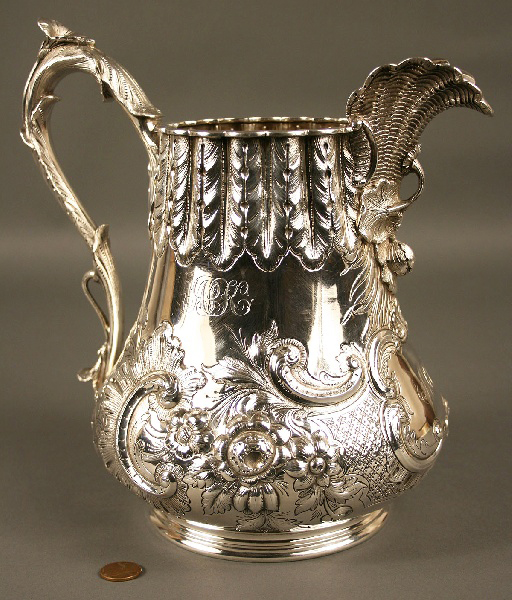
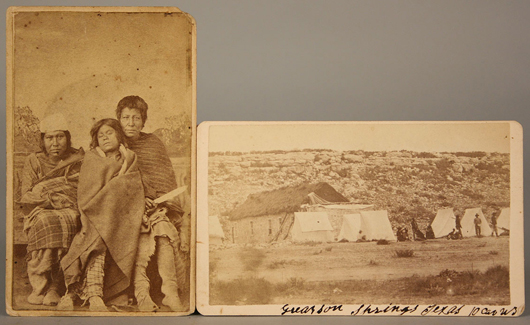
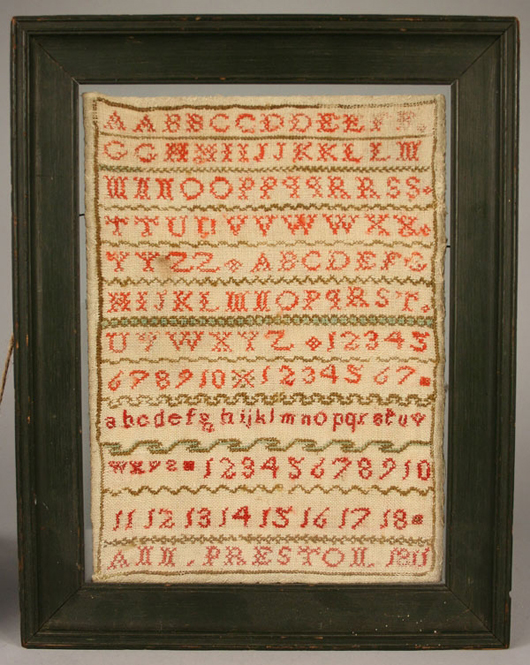
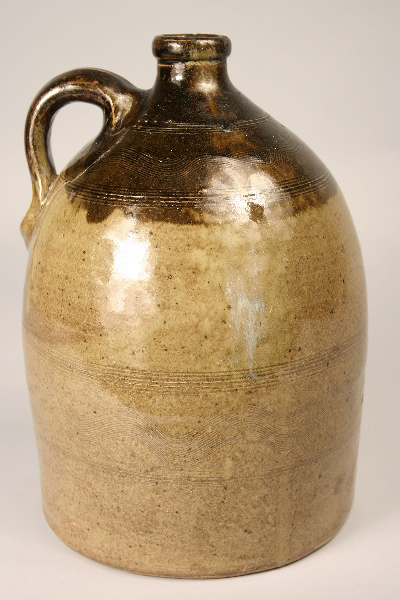
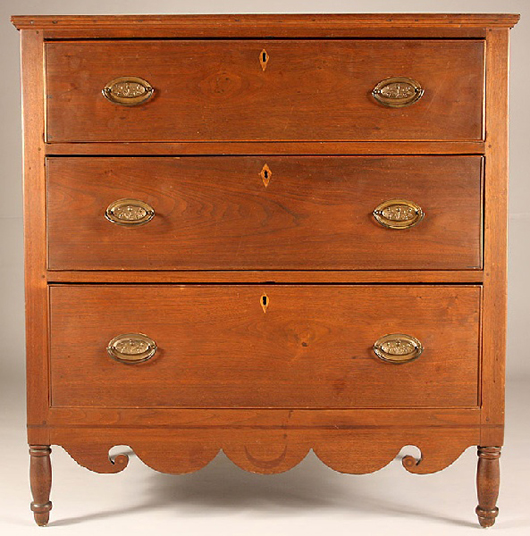 ‘J.B. Harlow, Knoxville, Tenn.,’ signed the back of this Tennessee chest of drawers. With its scalloped and inlaid skirt and original brasses, the chest finished at $3,859. Image courtesy Case Antiques.” title=”3 drawer chest TN.jpg
‘J.B. Harlow, Knoxville, Tenn.,’ signed the back of this Tennessee chest of drawers. With its scalloped and inlaid skirt and original brasses, the chest finished at $3,859. Image courtesy Case Antiques.” title=”3 drawer chest TN.jpg
‘J.B. Harlow, Knoxville, Tenn.,’ signed the back of this Tennessee chest of drawers. With its scalloped and inlaid skirt and original brasses, the chest finished at $3,859. Image courtesy Case Antiques.” class=”caption” />


